There’s no better way to experience Jodhpur than by wandering through its narrow lanes, soaking in the Indigo hues, and watching daily life unfold around you.
That said, the old city’s maze of twisting streets can be tricky to navigate. Many lanes don’t appear on maps, and it’s easy to find yourself walking in circles.
To help you make the most of your visit, we’ve put together a self-guided walking route through Jodhpur’s famous Blue City. This guide includes a follow-along map, key stops, and plenty of insights you’d normally only learn from a local.
Prefer exploring with someone who knows the area inside out? We’ve also included details for a tourguide we recommend.


.jpg)
Planning a Last Minute Trip?
Here’s everything you need to know before you start your Blue City walk.
Best Time to Walk: Morning
Duration: 2-3 hours
Distance: 3.5 Kilometers
Start & End Point: Ghanta Ghar (Clock Tower)
Average Tour Cost: $10-$18
Recommended Tour: Blue Heritage Walking Tour with Rishi
Stay protected on your trip! Grab your Heymondo travel insurance with our exclusive 5% discount.
.webp)
The Blue City of Rajasthan
Thanks to the indigo-painted houses that line its narrow lanes and winding alleys, Jodhpur is famously known as the Blue City.
But why blue?
The reasons behind the blue color vary depending on whom you ask. Some say it helps keep homes cool in the desert heat; others believe the color deters mosquitoes. Some link the shade to the Brahmins, who associate blue with Lord Shiva, and others simply say the paint was the cheapest available at the time.
Whatever the story, these blue-washed lanes form the city’s distinctive charm. Keep in mind that most of the iconic shades are found in the older parts of town—so this walk takes you straight into the heart of it.

Read: Best Places to Visit in Jodhpur in 2 Days
.webp)
Exploring With a Local Guide
You can definitely explore Jodhpur on your own, but having a knowledgeable local makes a world of difference.
When we first wandered through the alleys alone, it was fun but confusing—lots of blue walls, yet not much context. When we later joined a walking tour, the city came to life. Suddenly, every corner had a story and we observed little details we would never have noticed on our own.
Our guide, Rishi, was born and raised in Jodhpur and shares his city with passion and humor. His insights about daily life, architecture, and local legends made the walk incredibly rewarding.
Walking Route at a Glance
Start: Ghanta Ghar (Clock Tower)
End: Ghanta Ghar (Clock Tower)
Length: 3.5 Kilometers; 2-3 hours
Visiting India soon? Make sure you’ve got the right visa! Read our quick guide to India’s visa requirements here.
.webp)
A Morning Walk Through the Blue City
This route follows the same path we took, and we’ve included everything you need to know, from tips, stories, and small details to look out for along the way.
Stay connected wherever you go. Grab your Airalo eSIM now!
Ghanta Ghar Clock Tower
Begin early at Ghanta Ghar, the famous clock tower at the centre of the old city. Built by Maharaja Sardar Singh in the late 19th century, the 60-foot tower is made from red and yellow sandstone.
Our guide shared that the tower cost ₹300,000 to build—₹100,000 for the tower, ₹100,000 for the imported English clock, and the remainder to ensure the architect didn’t recreate the design elsewhere.
.webp)
Early mornings here feel peaceful, with only the sound of brooms sweeping and birds fluttering overhead. By late morning, the square turns lively with chatter, rickshaws, and the colorful chaos of the surrounding Sardar Market.
From one architectural marvel to the next, don’t miss Delhi’s Qutub Minar Complex — its soaring brick tower is one of the tallest in India!
Sardar Gate
Just north of the tower stands Sardar Gate, or Girdikot, once the main entrance to the old city. The gates opened at 5am and closed at midnight, and anyone who arrived late had to wait outside until morning. Today, even though new routes lead into the city, the gate remains an iconic gateway to Jodhpur’s most vibrant quarter.
Right past the gate look for the popular Omelette Shop (open from 10:30am), that has been serving masala omelette toast since 1974.
.webp)
Toorji Ka Jhalra (Stepwell)
Head north to Toorji Ka Jhalra, one of Jodhpur’s most beautiful stepwells. Built in 1740 from rose-red sandstone, it once stored water for the city and now draws visitors for its symmetrical beauty.
In the morning, streets leading here are quiet, lined with shuttered shops and only walked upon by women quietly sweeping the lanes. Later in the day, children often jump into the water and you might hear a local musician playing the Ravanahatha, a traditional string instrument.
Look closely at the water and you might even spot turtles. According to our guide, five live here year-round.
If you’re interested in more stepwells, Mahila Bagh ka Jhalra is nearby, though it isn’t as well-maintained.
.webp)
Manak Chowk Road
Follow Manak Chowk Road, where old and “new” houses stand side by side. Jodhpur is roughly 569 years old, and some of the houses considered “new” are still over 200 years old.
Near the stepwell, look for the mural beside Cold Love Ice Cream, illustrating the division between old and new Jodhpur. Interestingly, the 300-year old stepwell is considered part of the new area.
The sandstone of the houses in the old city reveals the craftsmanship of earlier centuries. Softer red sandstone was carved directly on the walls, while harder, lighter-colored stone was carved on the ground.
If you look closely, you can see tiny imperfections, a reminder that every detail was made by hand.
Snaking across the rugged Aravalli hills, Jaipur’s Amer Wall shows off the classic pairing of red sandstone and marble seen throughout Rajasthan’s historic forts.
.webp)
Lakhara Bazar Road
As you walk down Lakhara Bazar Road, watch how the architecture shifts. Older houses have tiny windows that allow a single person to peek out, while newer ones feature wider balconies.
Look at the traditional doors, many made of heavy teakwood with intricate carvings and studs to make them difficult to force open. Some have smaller inset doors requiring visitors to bow slightly as they enter, giving women time to adjust their headscarves inside.
Blue City Paint Wall
From Lakhara Bazar, turn north into the narrow lanes marked as “Bluecity Paint Wall” on Google Maps. This is where you’ll find some of Jodhpur’s brightest blues.
While a number of walls have been repainted and decorated with murals in recent years, the alleys still shimmer with indigo tones. Women in bright saris moving through these lanes create striking contrasts.
.webp)
One mural depicts a gypsy woman. Rishi explained that while many assume gypsies are poor, most lead a nomadic lifestyle by choice and often invest their wealth in jewelry. He also mentioned that gypsies were among the first to encourage widows to wear colorful clothing again, believing that life shouldn’t lose its color after loss.

Read: Discover Agra in Two Days!
.webp)
Blue Corridor
Continue north along the Blue Corridor toward the stairs that lead up to Pacheta Hill, one of Jodhpur’s best viewpoints. Visit in the late afternoon for sunset, when the city’s indigo rooftops glow and the majestic Mehrangarh Fort stands prominently nearby.
Note: Murals and paint change frequently, so popular Instagram spots might look different each year!
.webp)
Blue Stairs
A short walk west along Gandhi Street brings you to one of Jodhpur’s most photographed corners: a narrow lane of indigo-painted houses and stairways that feel straight out of Santorini.
See why photographers love Delhi’s Yamuna Ghat. Read our full guide to its calm waters and sunrise views.
Ghanshyam Temple
Continue along Sunaro Ki Ghati Road toward Navchowkiya and stop at Ghanshyam Temple, one of the city’s oldest shrines dedicated to Lord Krishna. The streets leading here are lined with heritage homes.You’ll encounter some street dogs, though they’re generally friendly, just keep a safe distance.

Read: Jama Masjid, Delhi’s Most Impressive Mosque
Chai Break
Just east of the temple is a small square with several tea stalls. Here, groups of men—many of whom are skilled cooks hired for private events—sit together and wait for work.
Stop for a steaming cup of ginger chai and watch this interesting yet melancholic scene unfold in this part of the city.
Local Sweets and Snacks
Gulab Jamun
A short walk south of the square brings you to Chaturbhuj Rameshchand, a family-run dessert shop that has been around for generations. Try their Gulab Jamun, sweet dough balls fried slowly at 95°C and coated in syrup.
.webp)
Kachori
Just along Sarafa Bazaar Road, Naarayan Mishtan Bhandar has some of the best Kachori in town. Cooked in desi ghee, this flaky puff pastry filled with spiced lentils was our favorite snack in Jodhpur!
Looking to explore India on rails? Check out our guide for planning your train adventure.
.webp)
Jalebi
About 500 meters away, Motu Jalebiwala is known for its jalebi. The batter is freshly made, fried, and dipped in sugar syrup. Unlike the thick, chewy versions we’d tried before, these are thin, crunchy, and light.
Return to the Clock Tower
End your walk back at the Ghanta Ghar clock tower and take a few minutes to explore Sardar Market, one of Jodhpur’s busiest markets. For ₹100 ($1.10) you can climb into the clock tower for a bird’s-eye view of the square and a look at the inner clockwork.
The clock has been maintained by Mr. Mohd Iqbal and his family since 1968. Only he and his son know how to operate its intricate mechanism.
We ended our walk at a souvenir shop on Nai Sarak Street and picked up some masala tea. The area is full of similar shops selling teas, spices, and perfumes, mostly aimed at tourists.

Book your Walking Tour with Rishi here!
.webp)
Where to Stay in Jodhpur
Here are some of the best places to stay in Jodhpur’s old city, all conveniently close to the main attractions and restaurants.
Best Time to Visit
For the most enjoyable walk around Jodhpur’s old city, start early in the morning, ideally before 8am. At this time, the streets are quieter, traffic is lighter, and you can avoid the midday heat.
For the best weather, plan your visit between October and March, when temperatures are pleasant for walking tours. From April to June, the temperature can reach very high levels, peaking at 39-41°C (102-105°F), so consider taking early morning walks. July to September is the monsoon season, which is not ideal for exploring the city on foot.

Read: How to Get Around India
.webp)
And that’s the guide to discovering Jodhpur’s Blue City.
For more walking tours in Jodhpur, visit Rao Jodha Park and escape the busy streets of the old city. With four trails to choose from, you can stroll along the lake or beside the old city walls, each offering sweeping views of Jodhpur.
If you have any questions about planning your walking tour, let us know in the comments below.
Some links in this Jodhpur Blue City Travel Guide may be affiliate links.
This means that if you make a purchase after clicking on one of our links, we will receive a small commission at no extra cost to you. Please know that by doing so, you are supporting Colorful Journeys in continuing to provide free high quality content to help you in your travels!
.webp)
.webp)
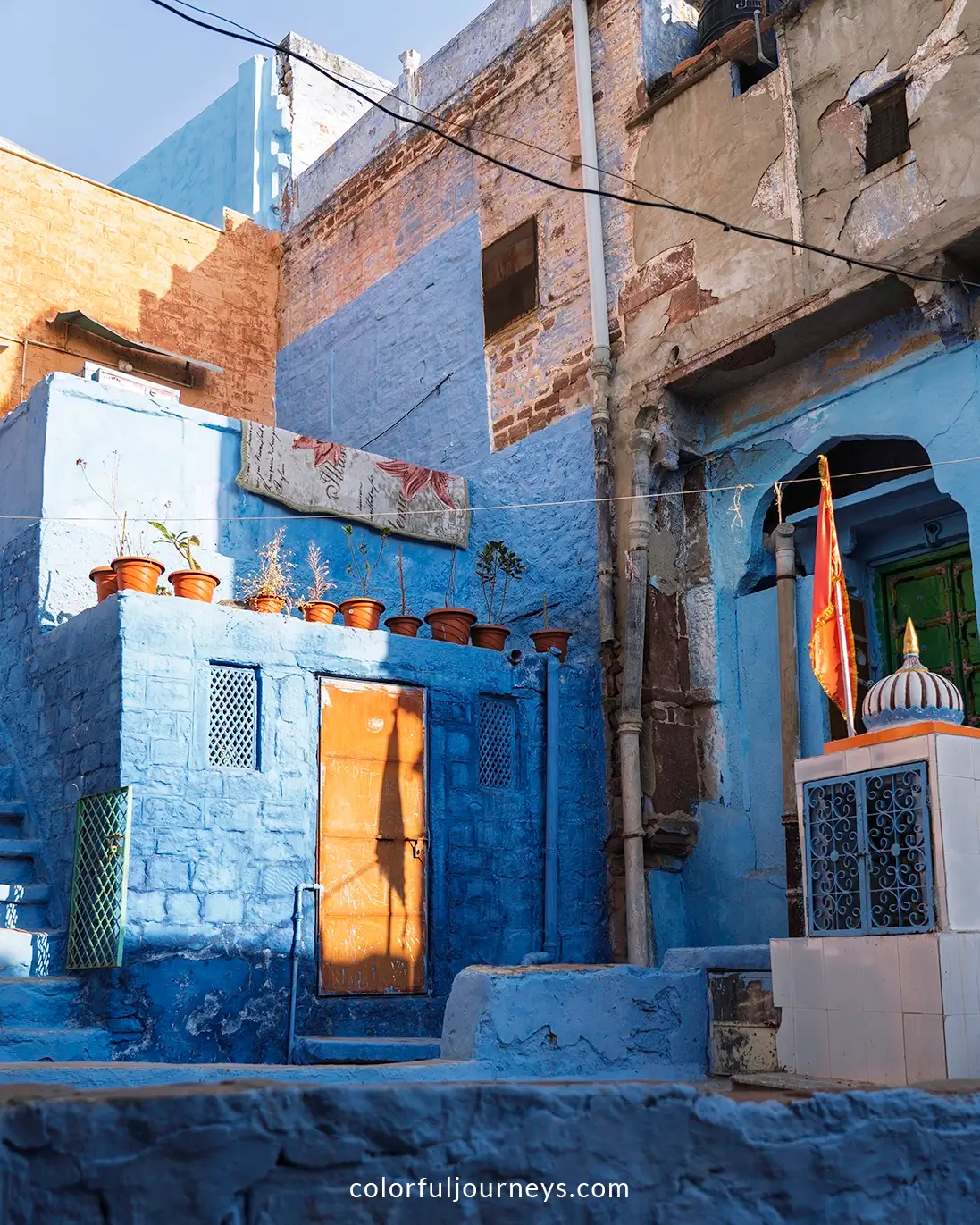
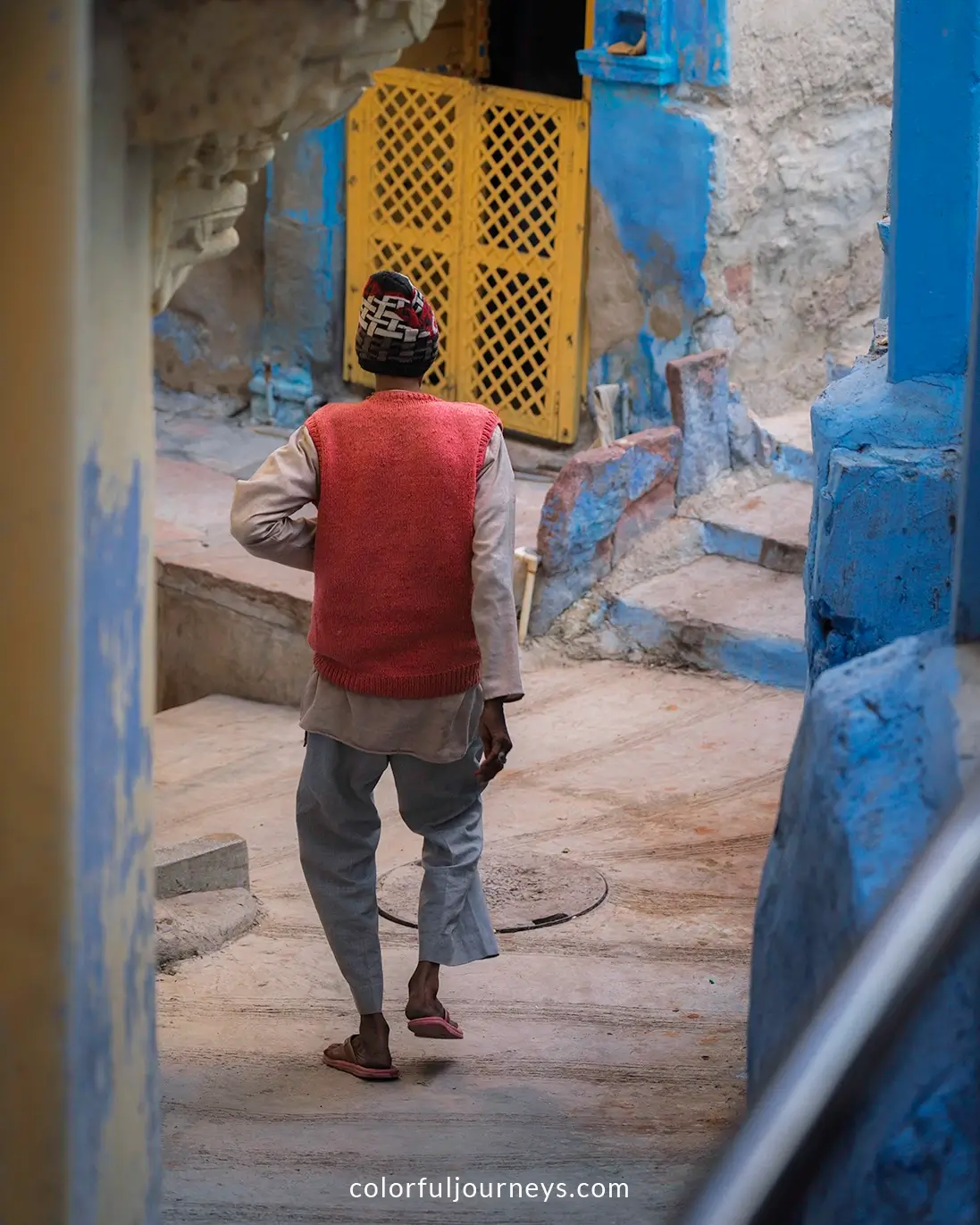
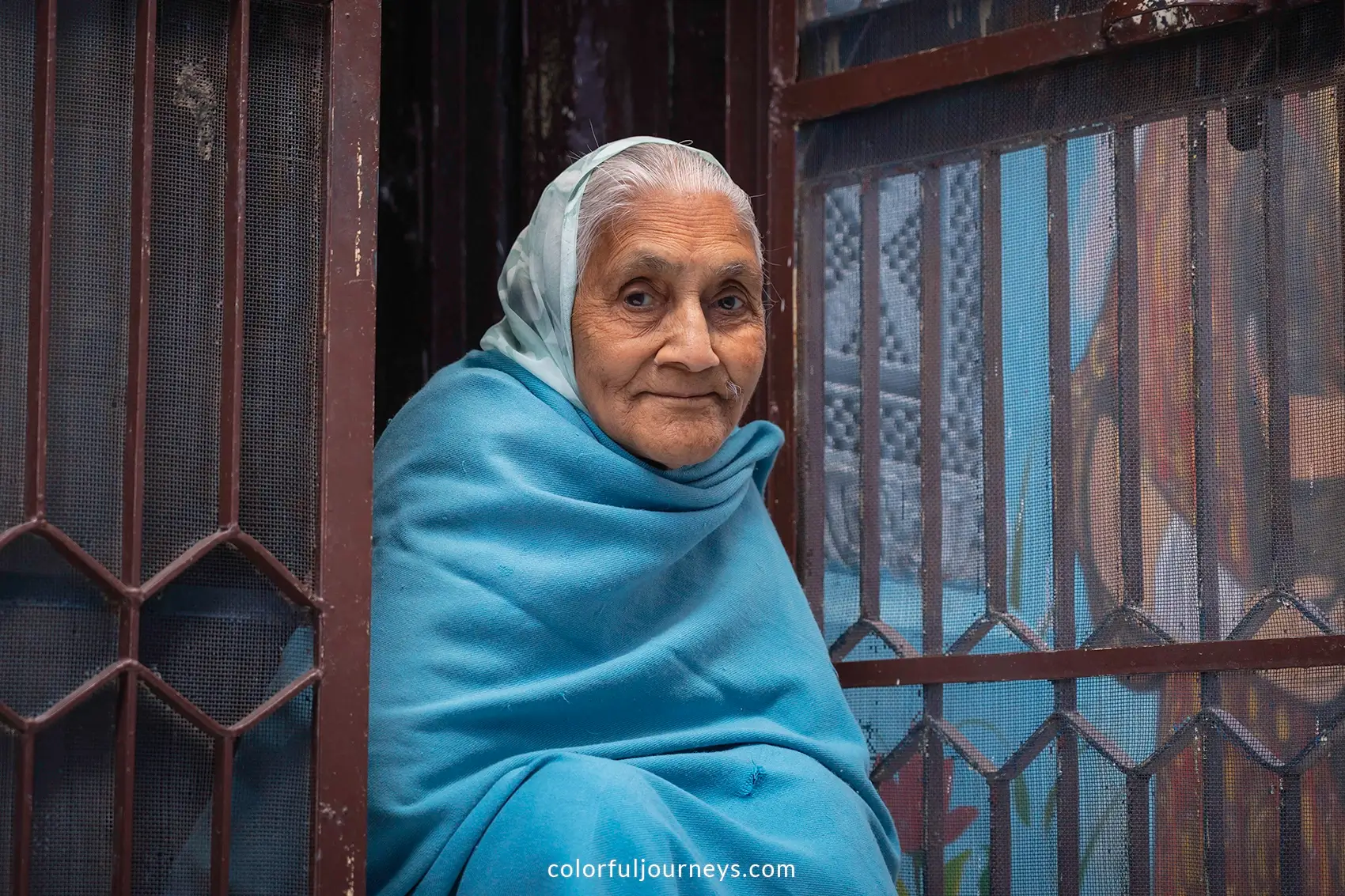


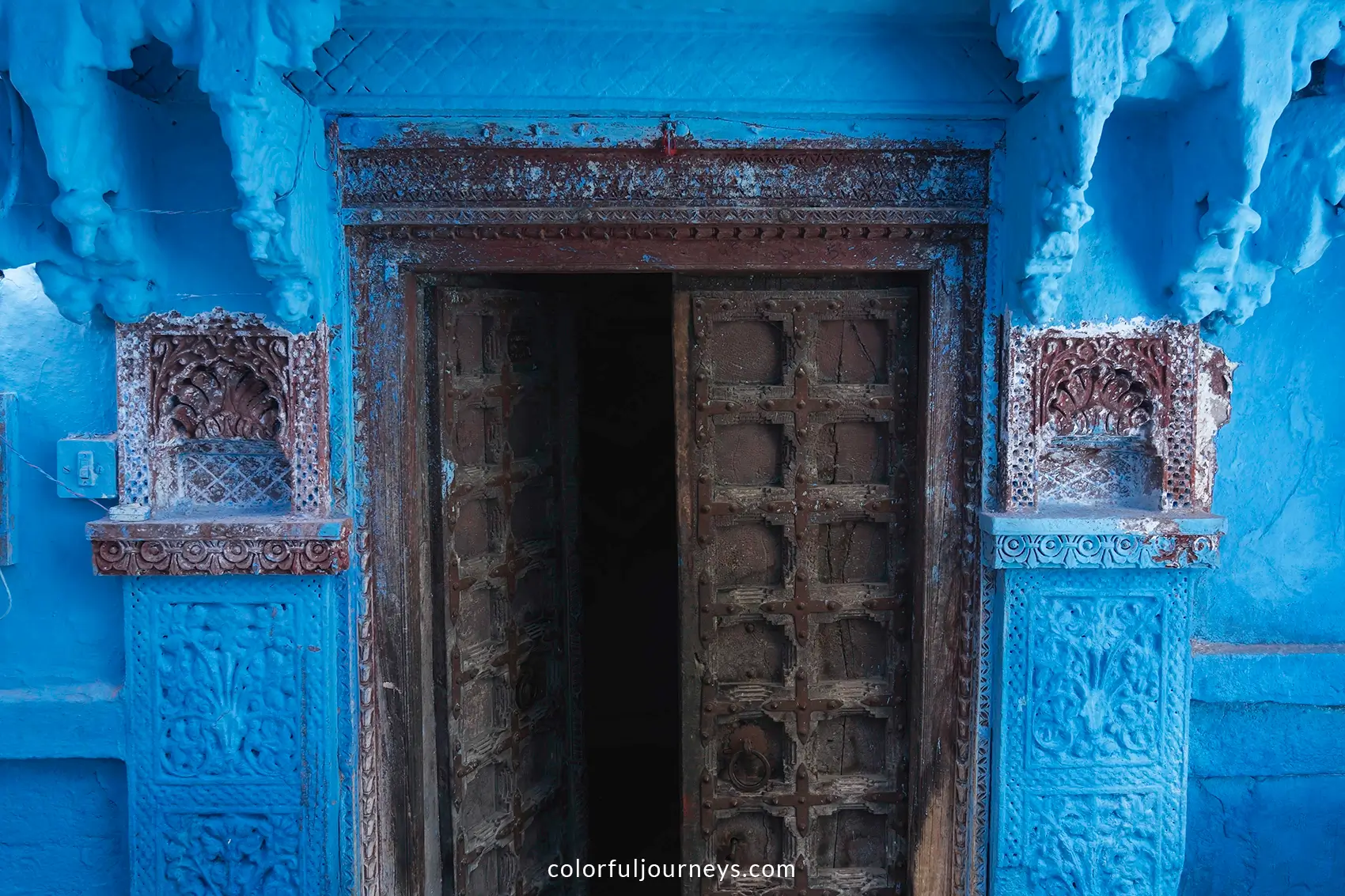
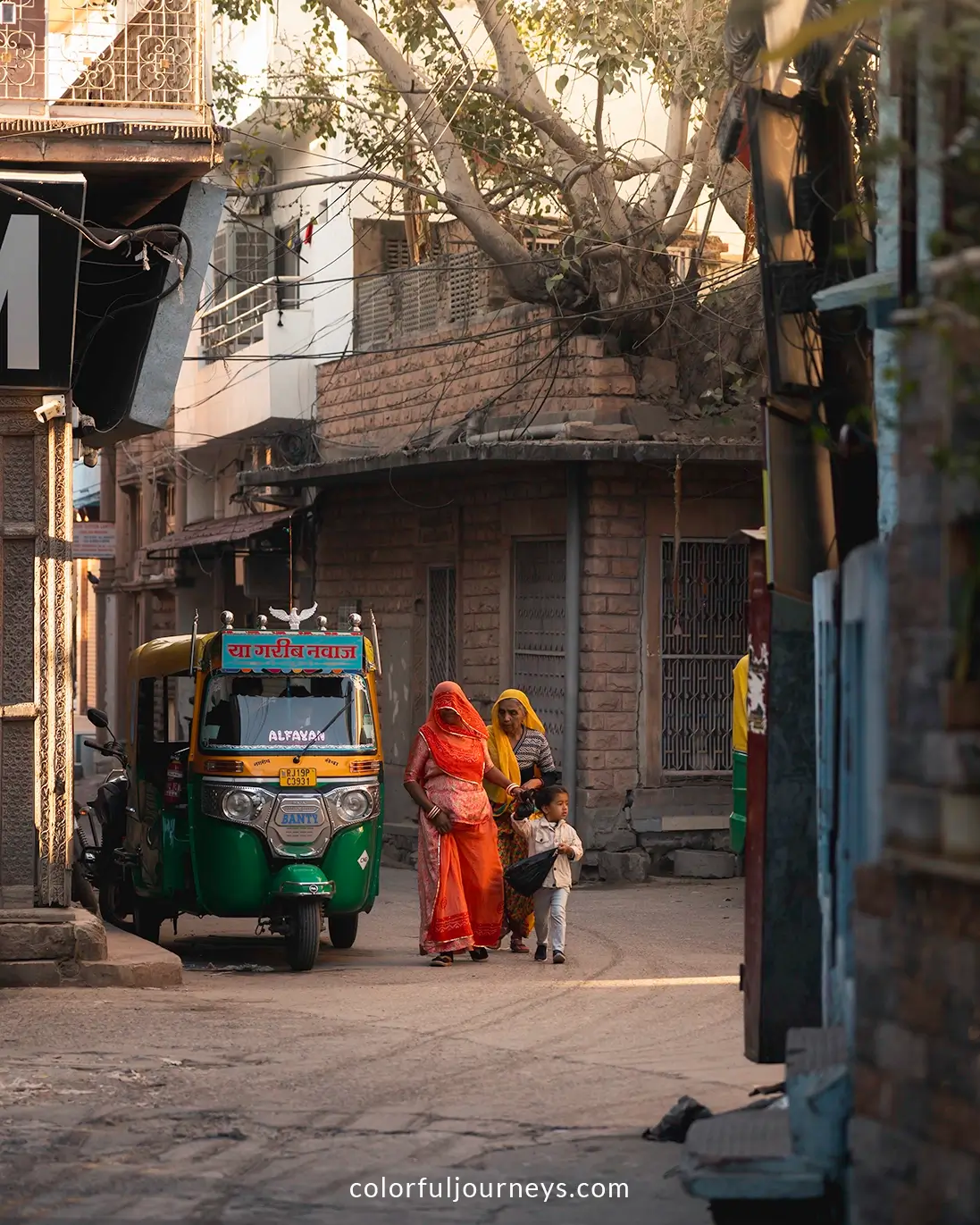
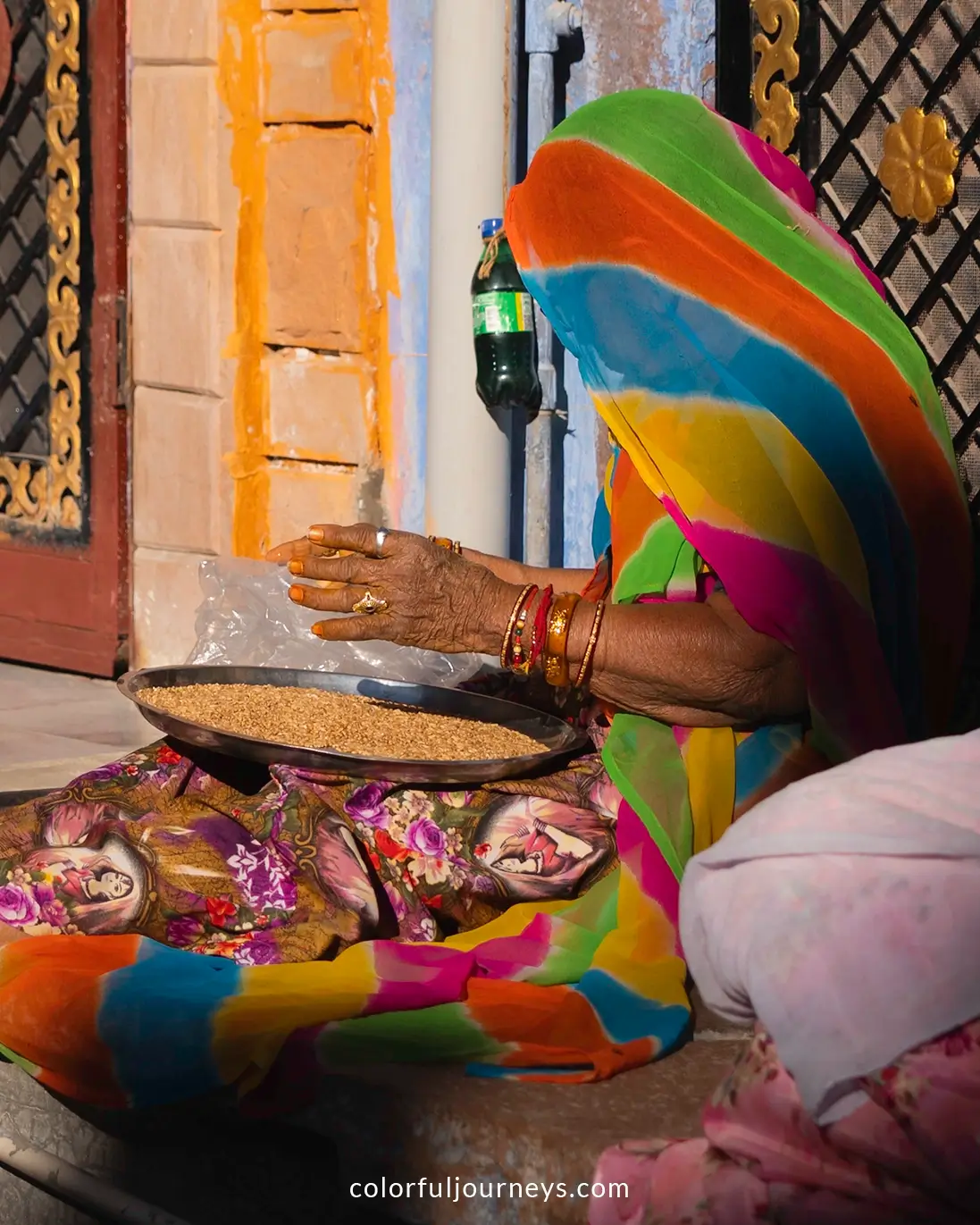
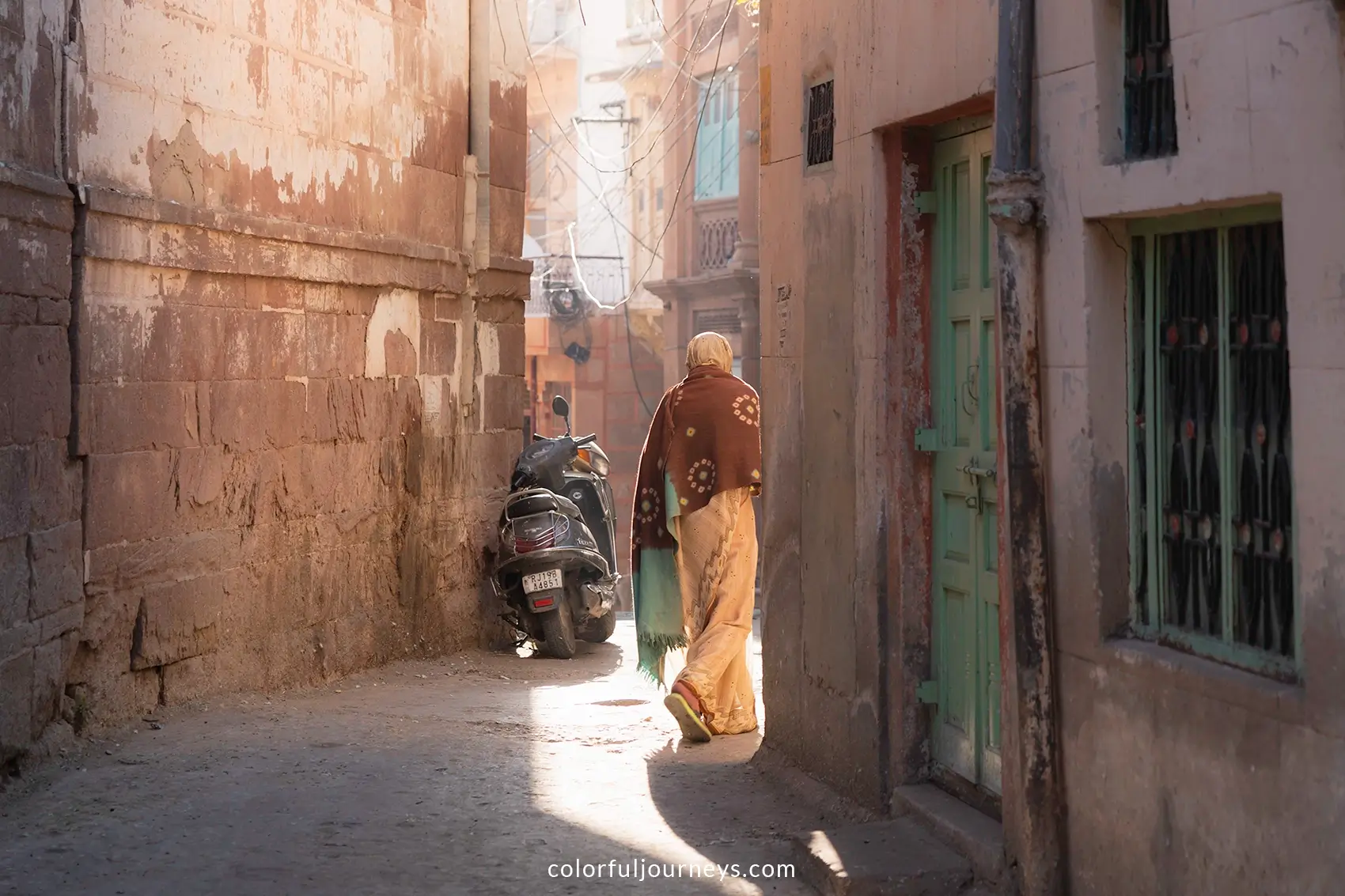
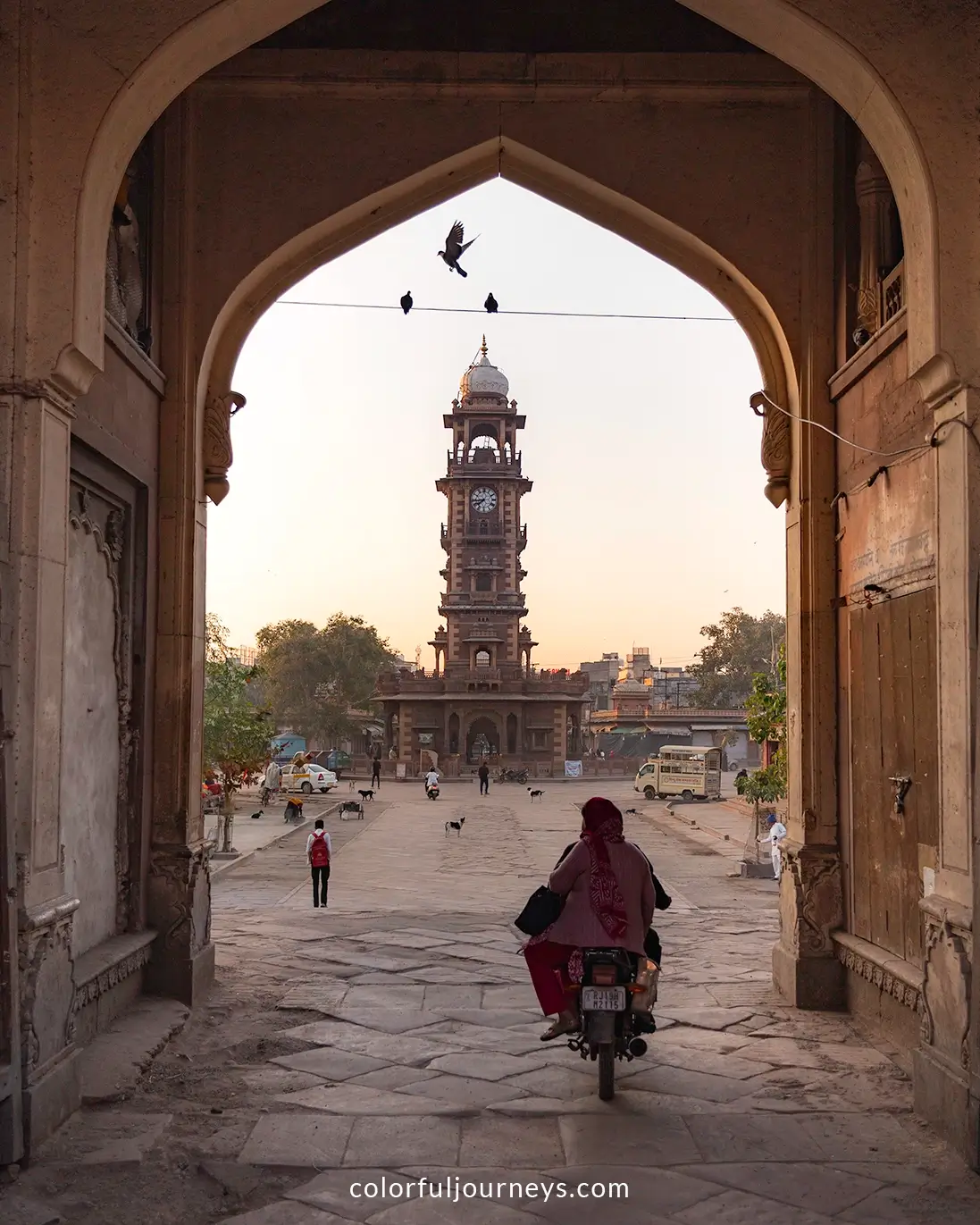
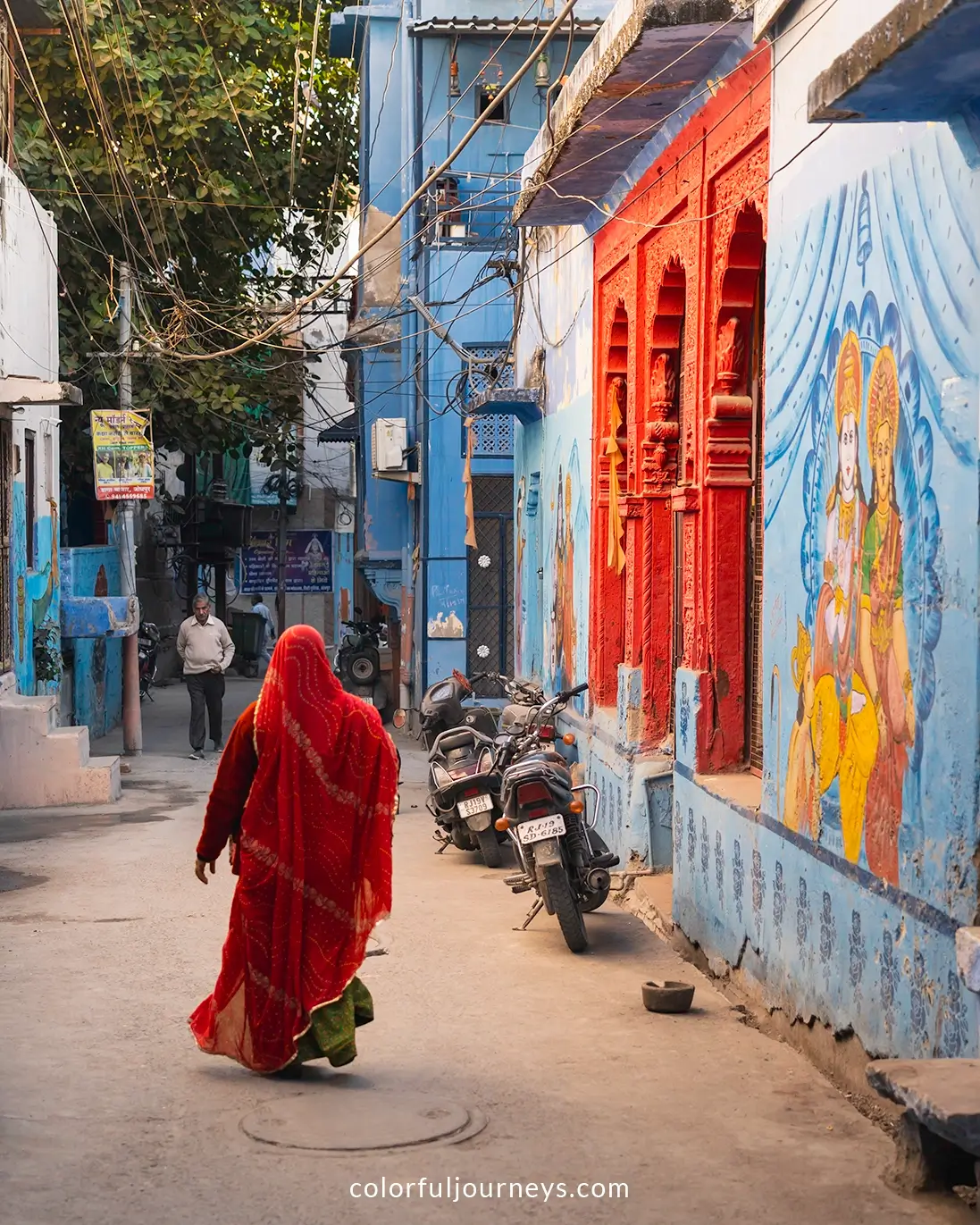
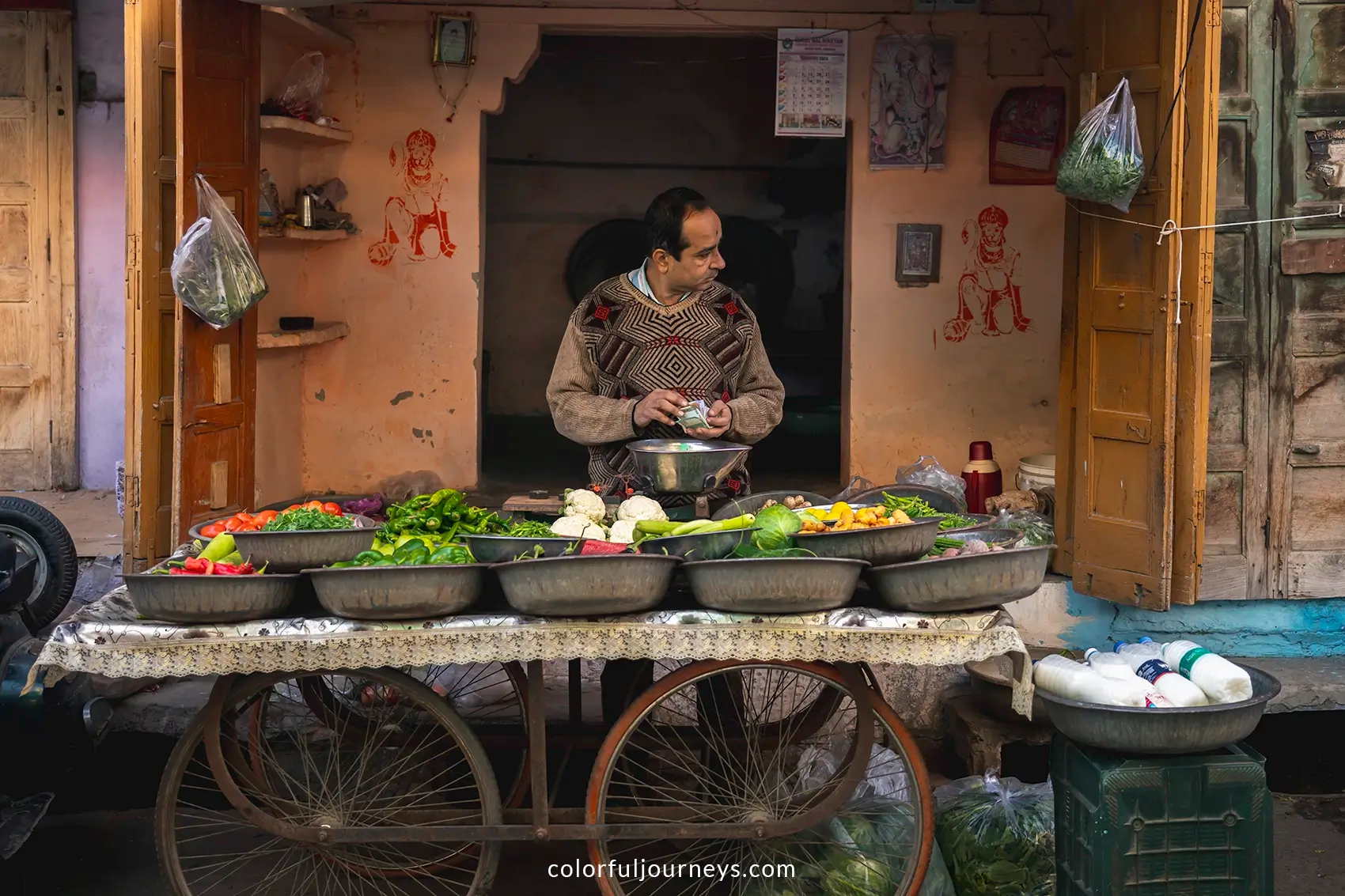

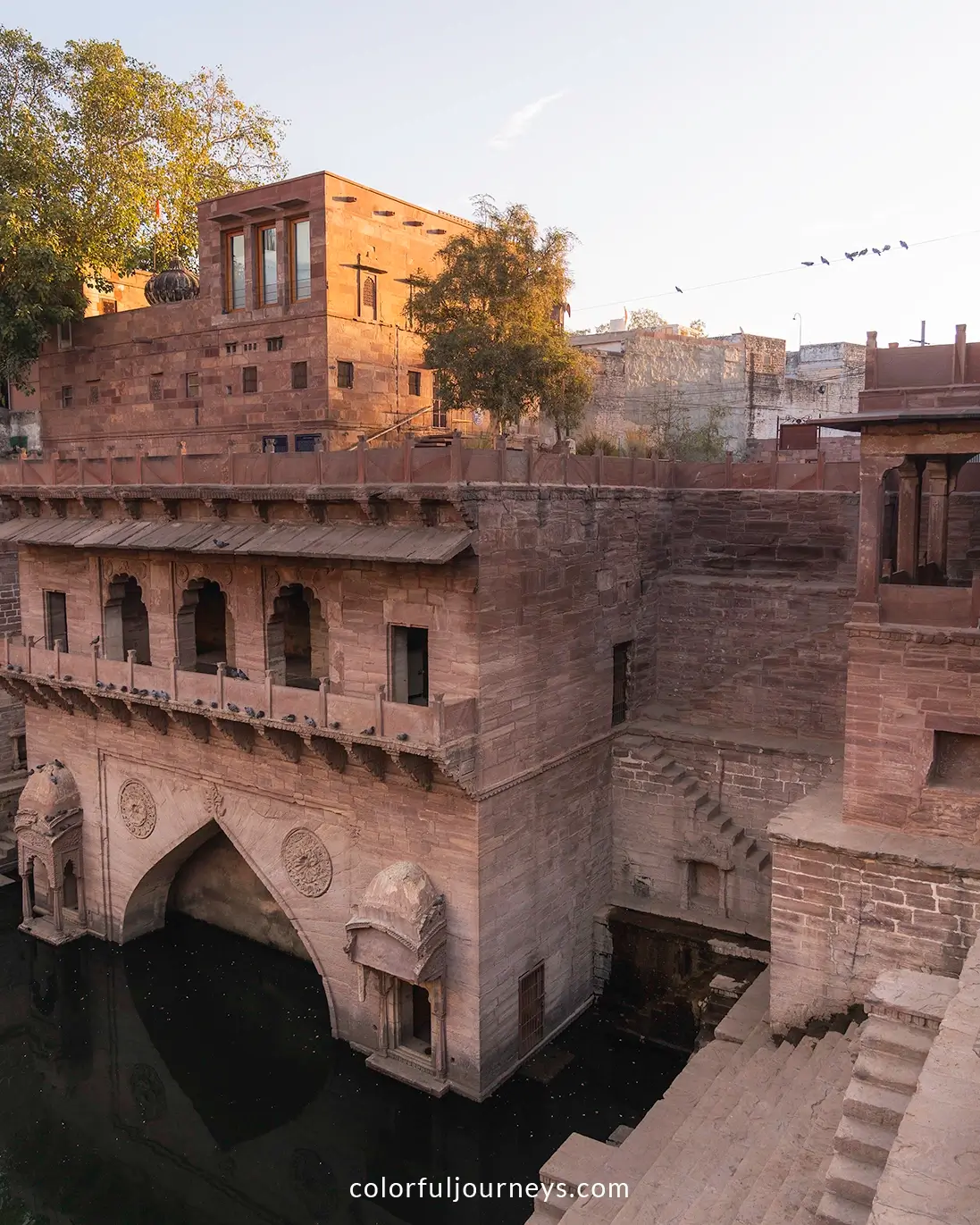
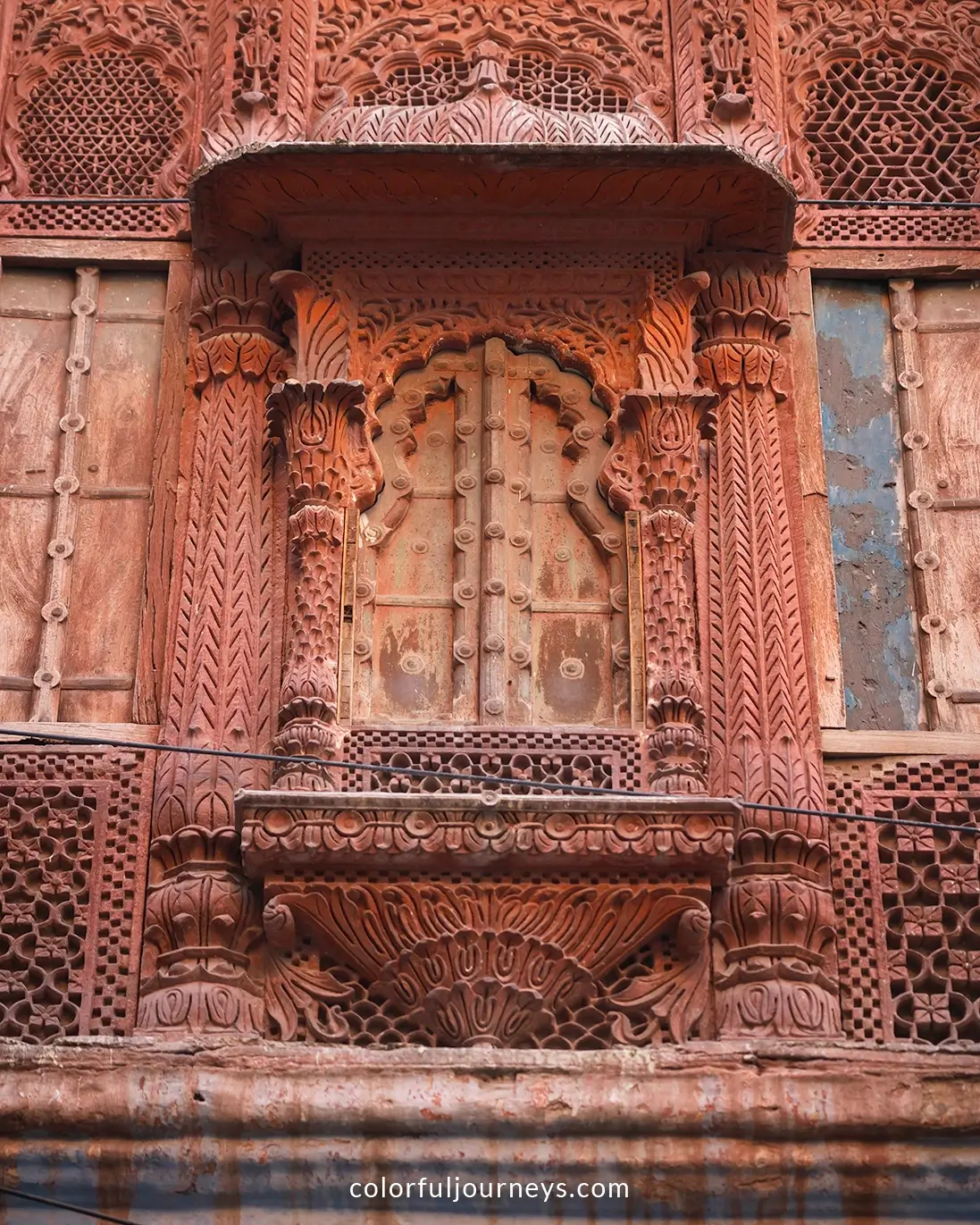

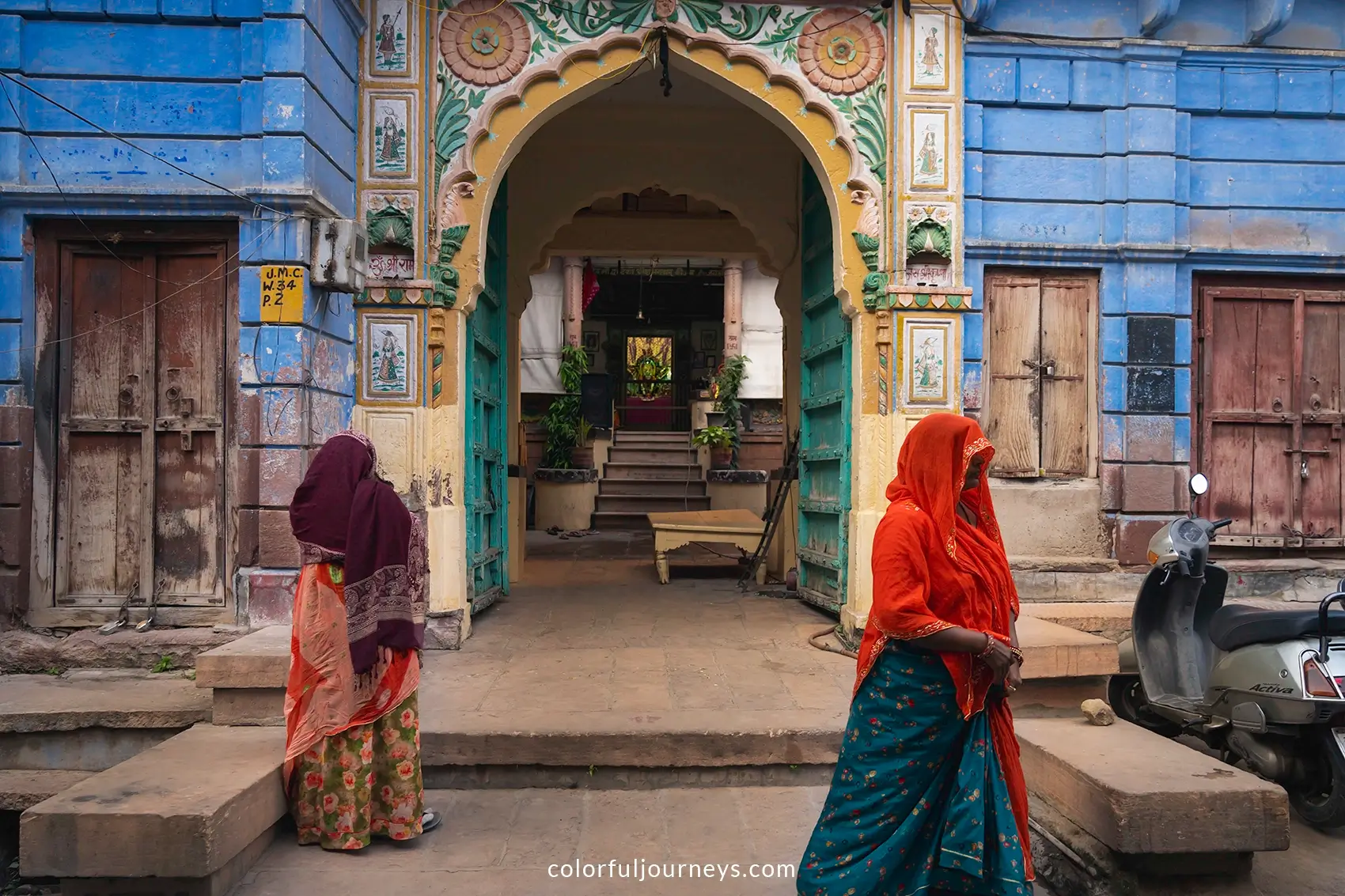
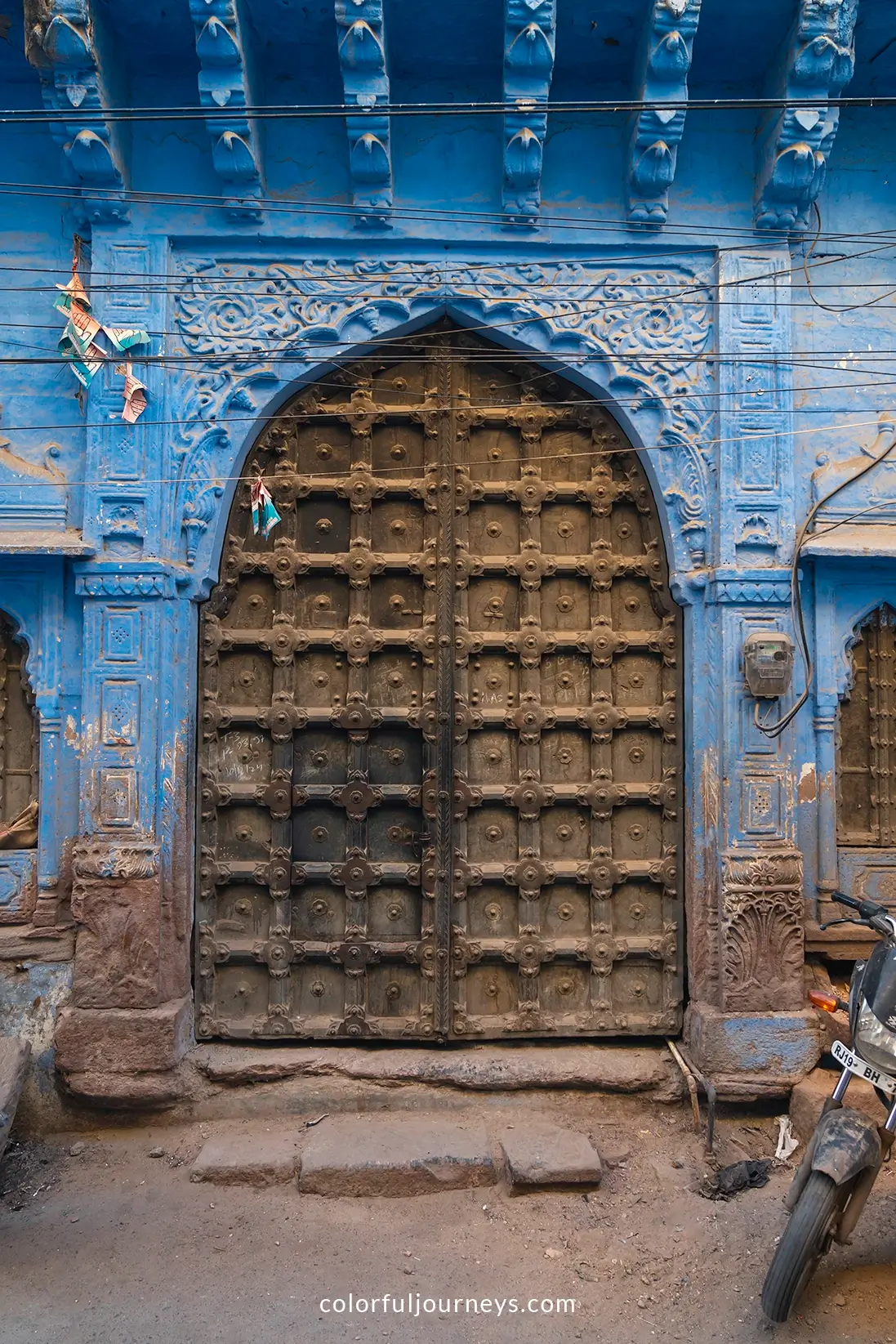
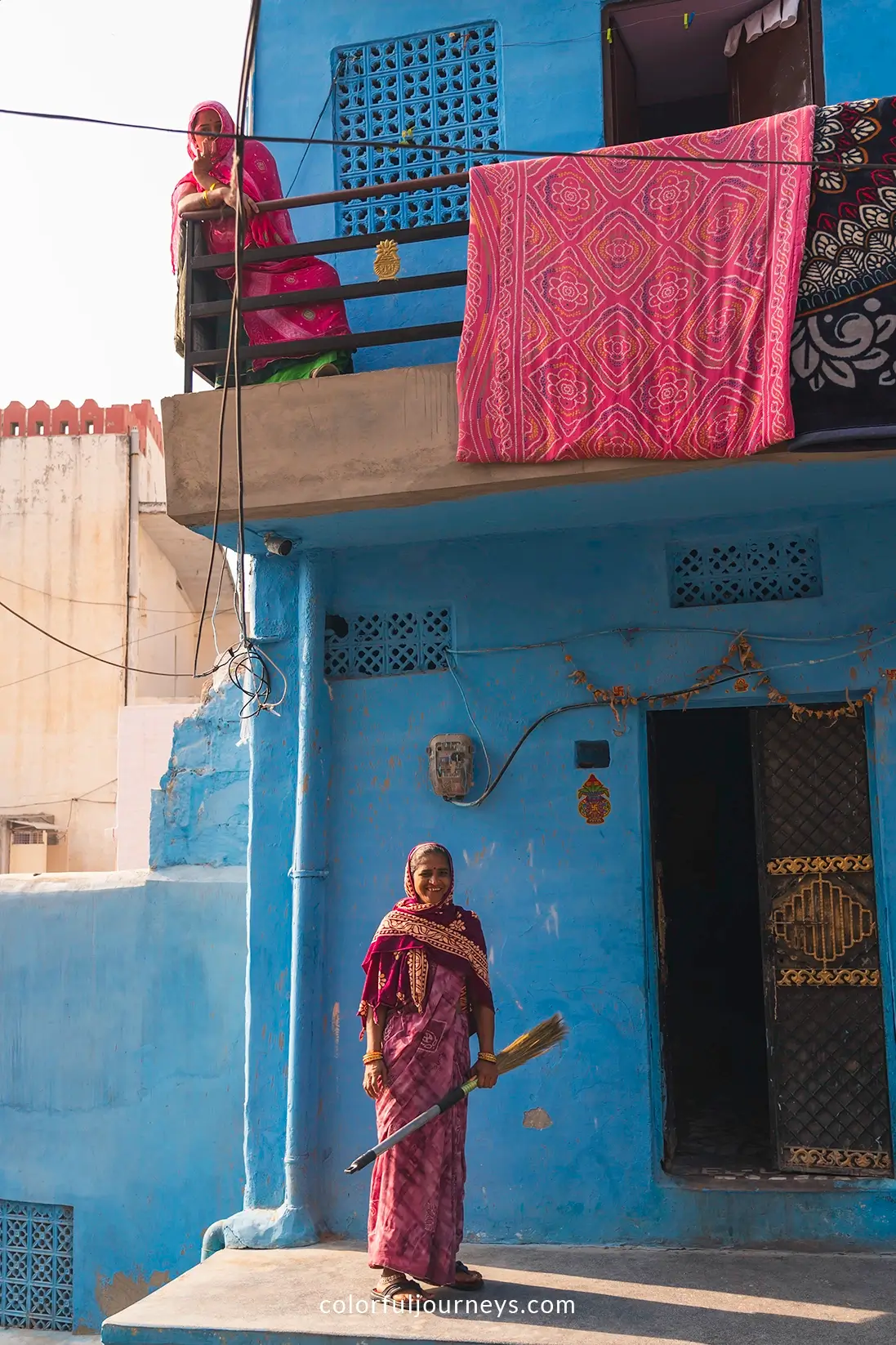
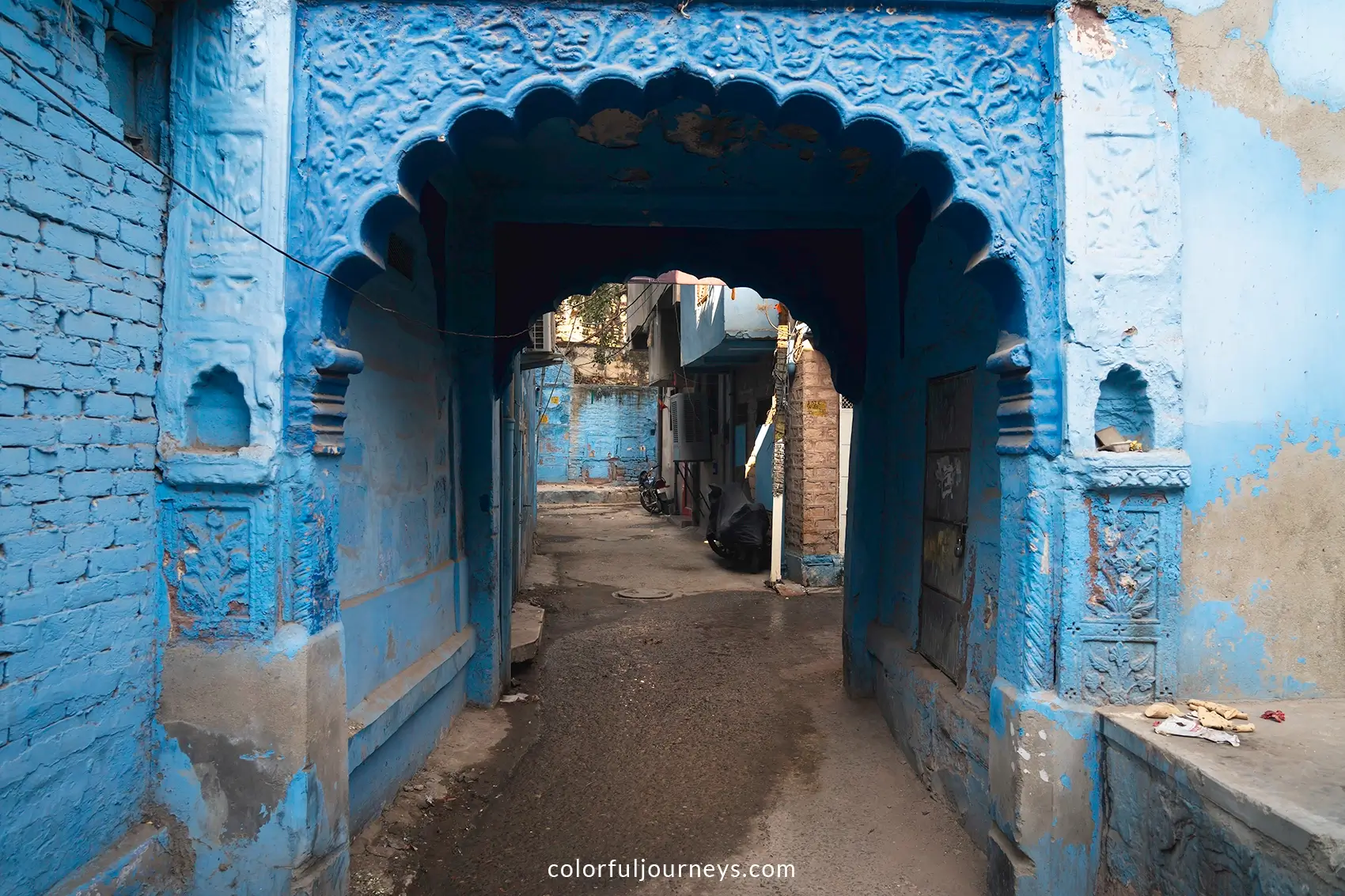
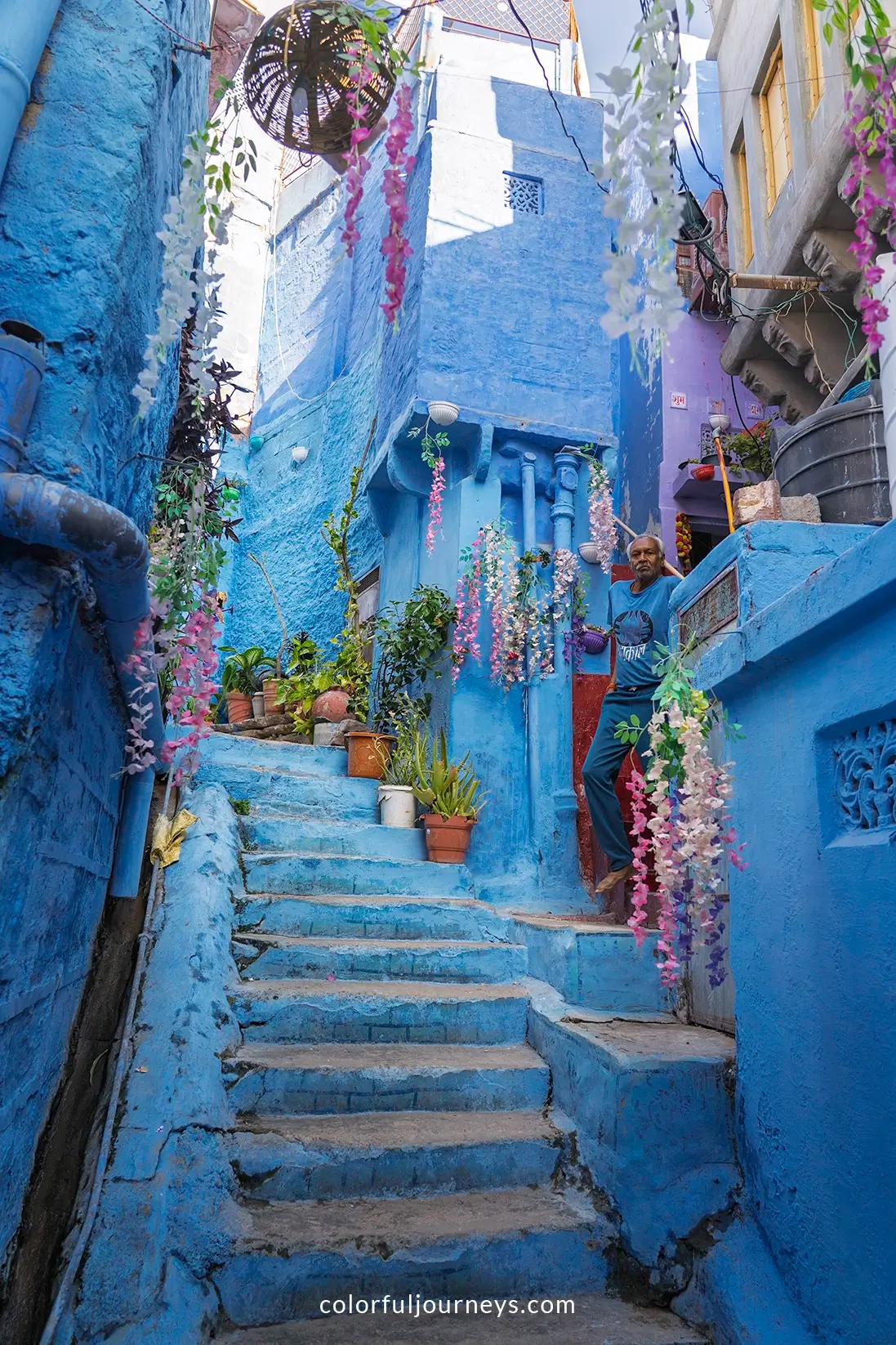
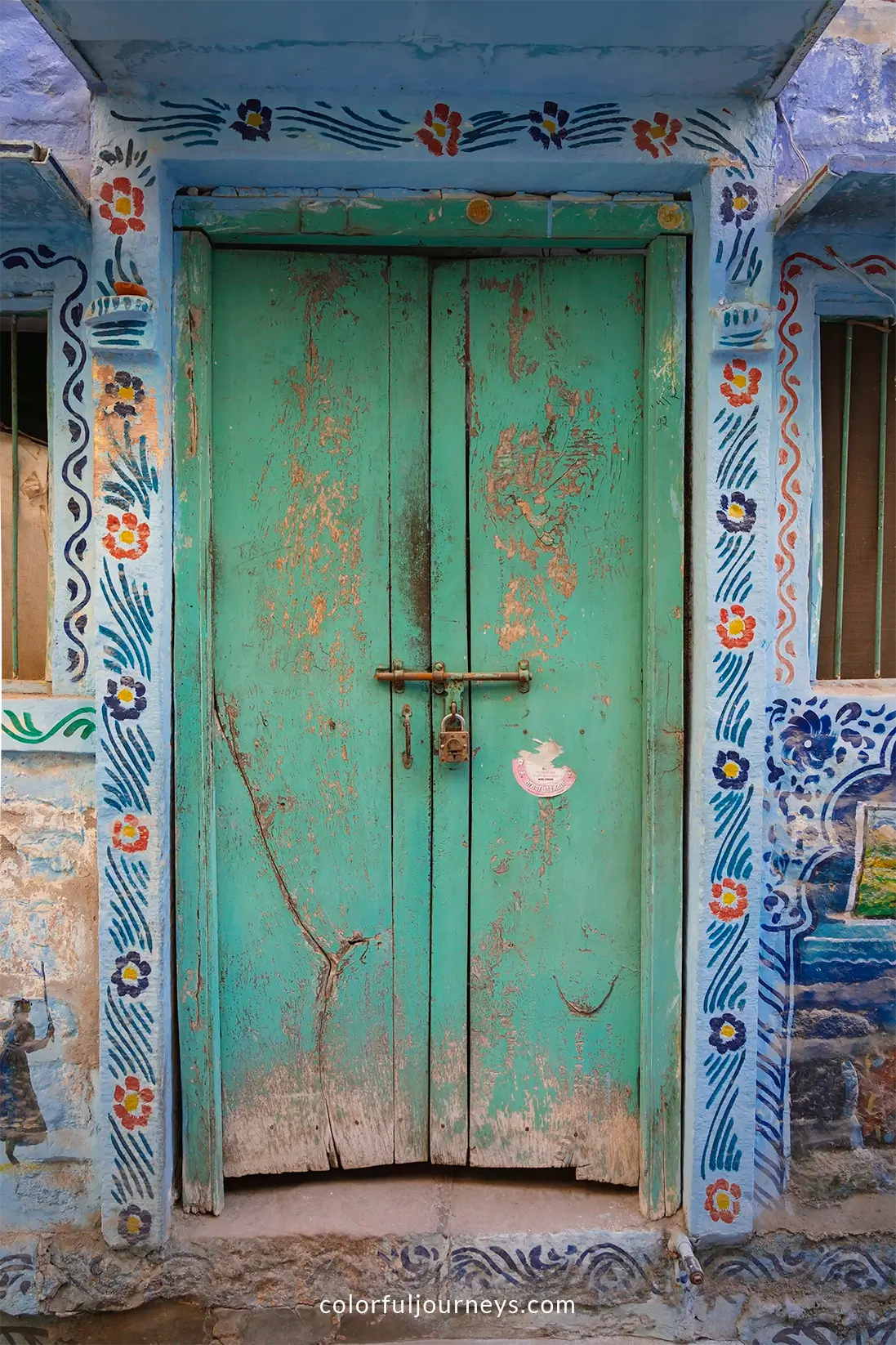

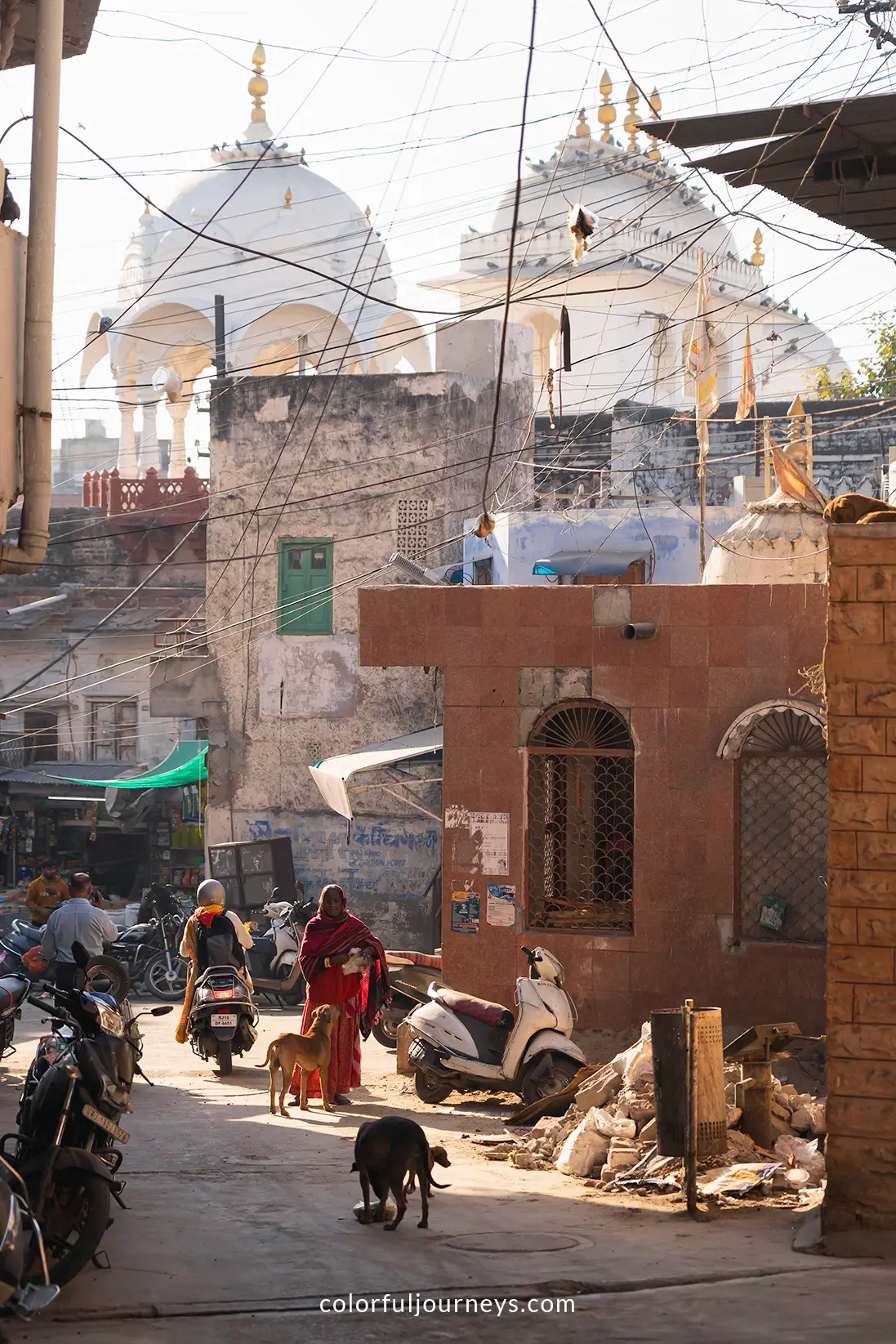
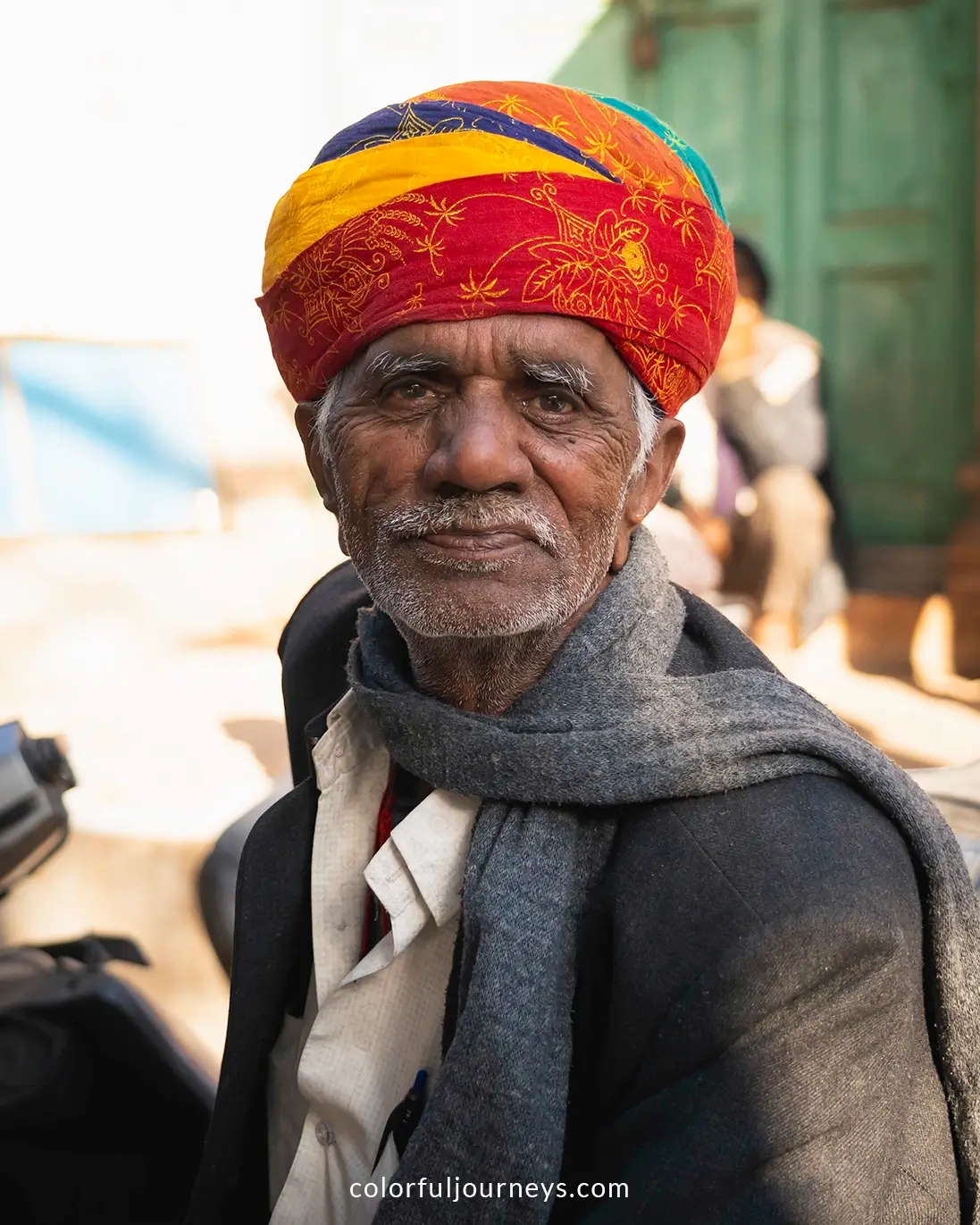
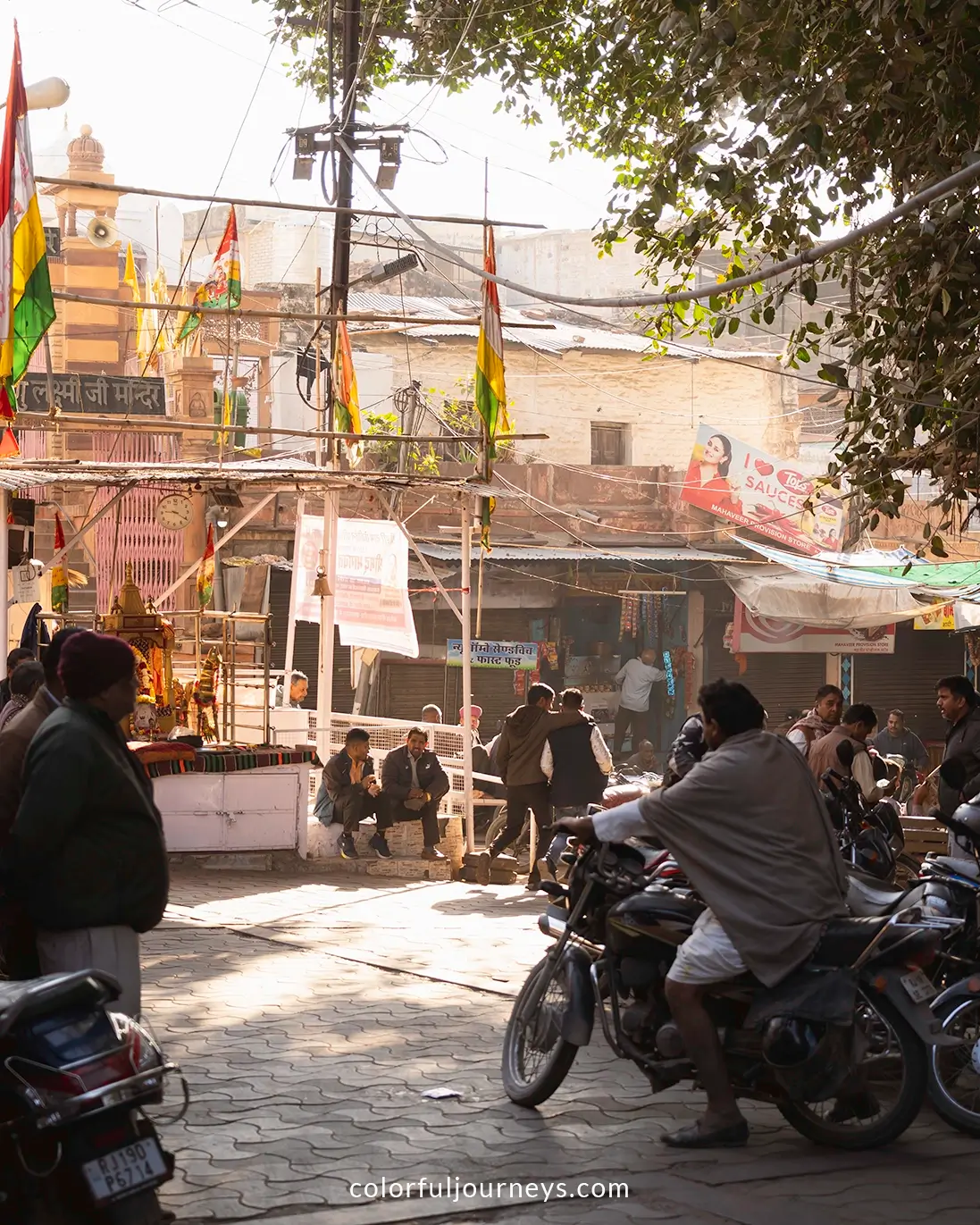
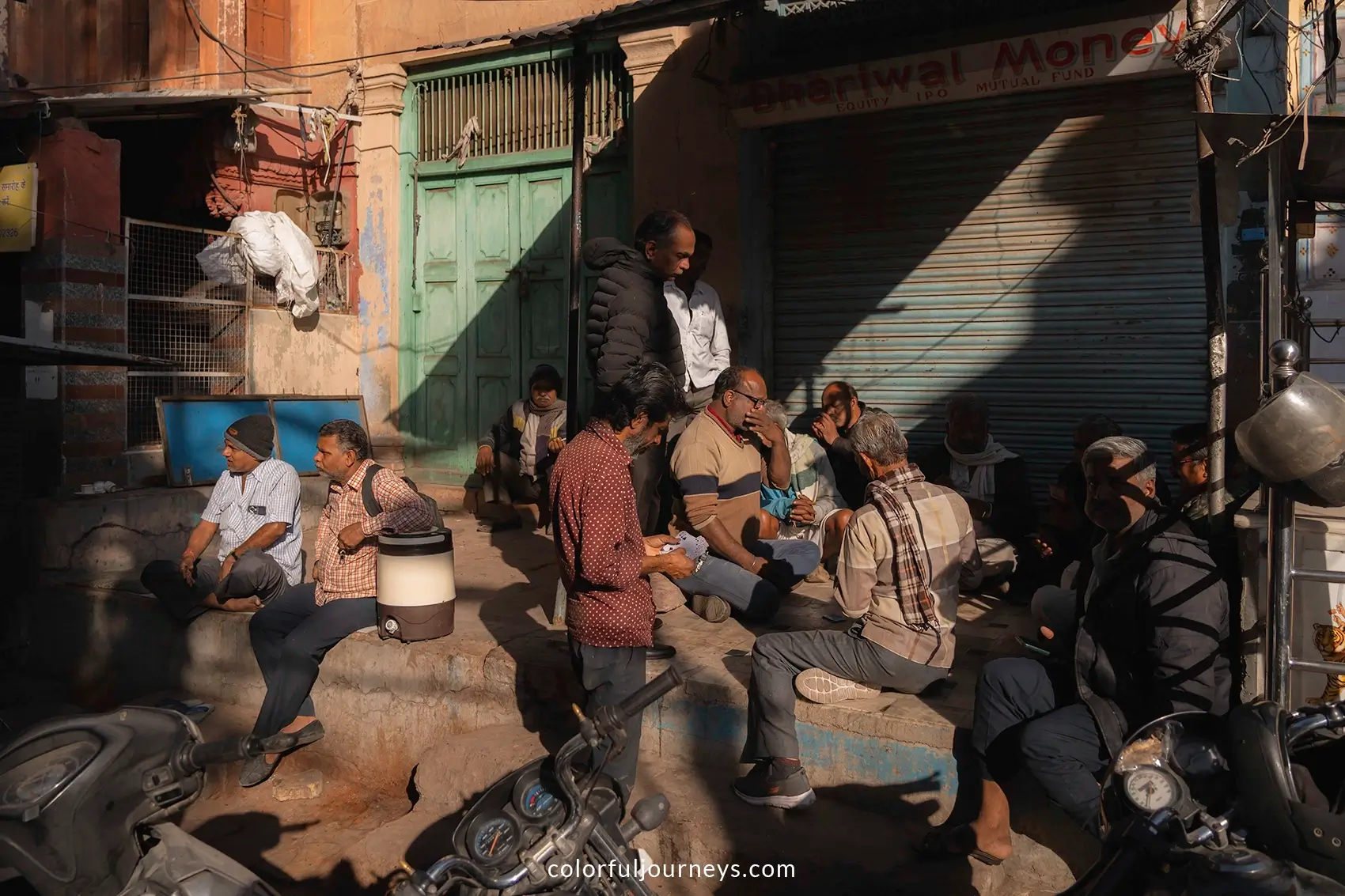
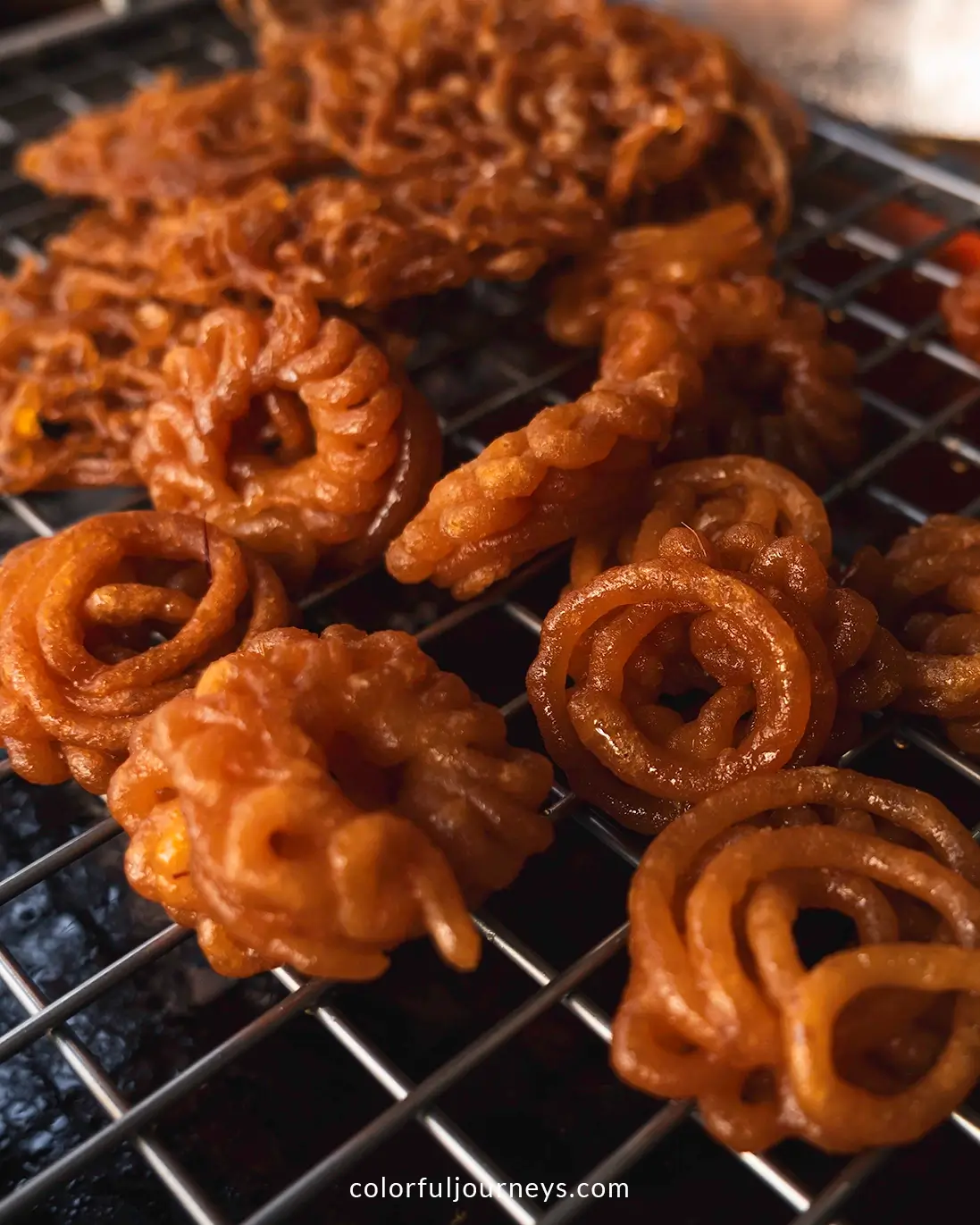
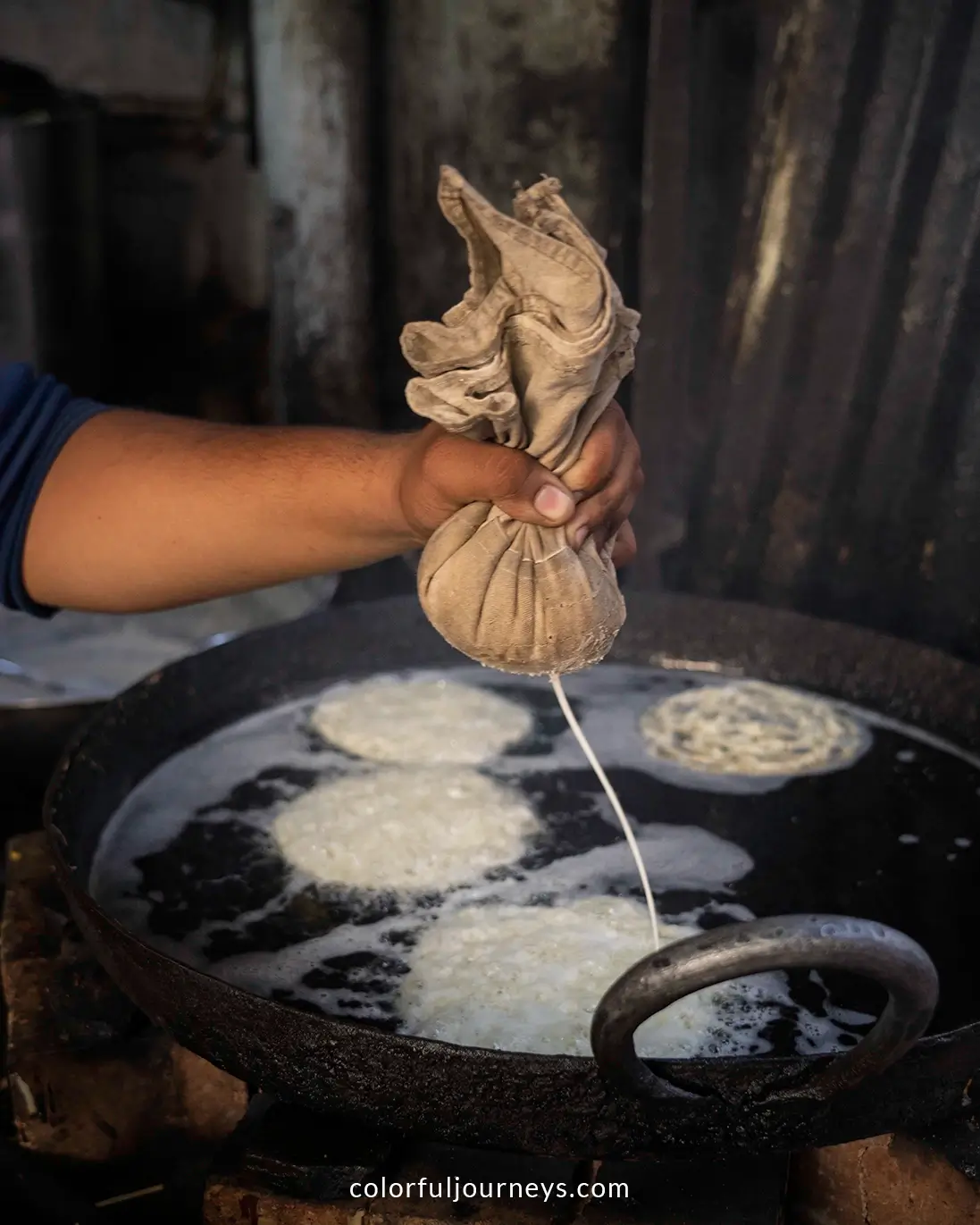
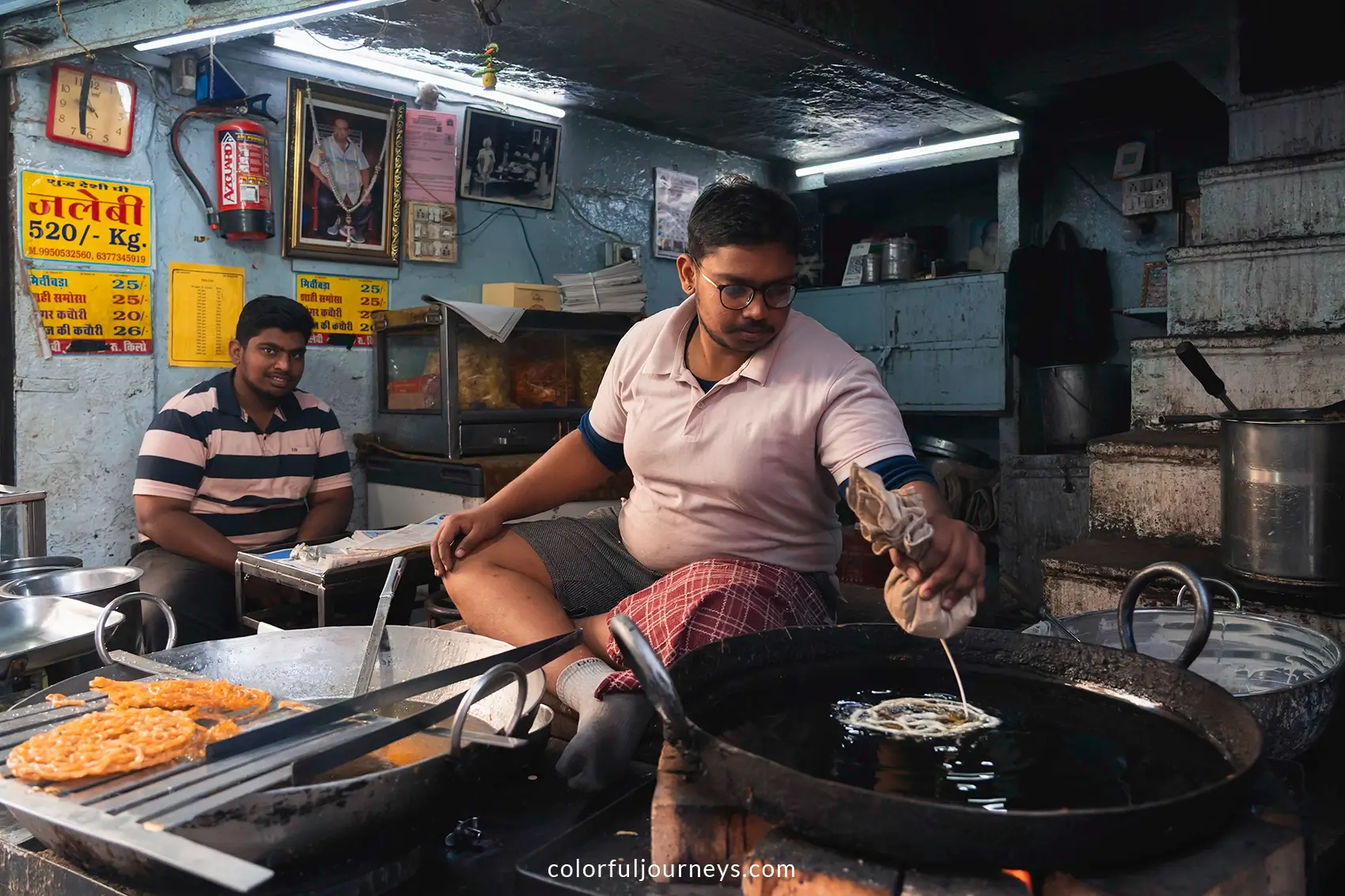
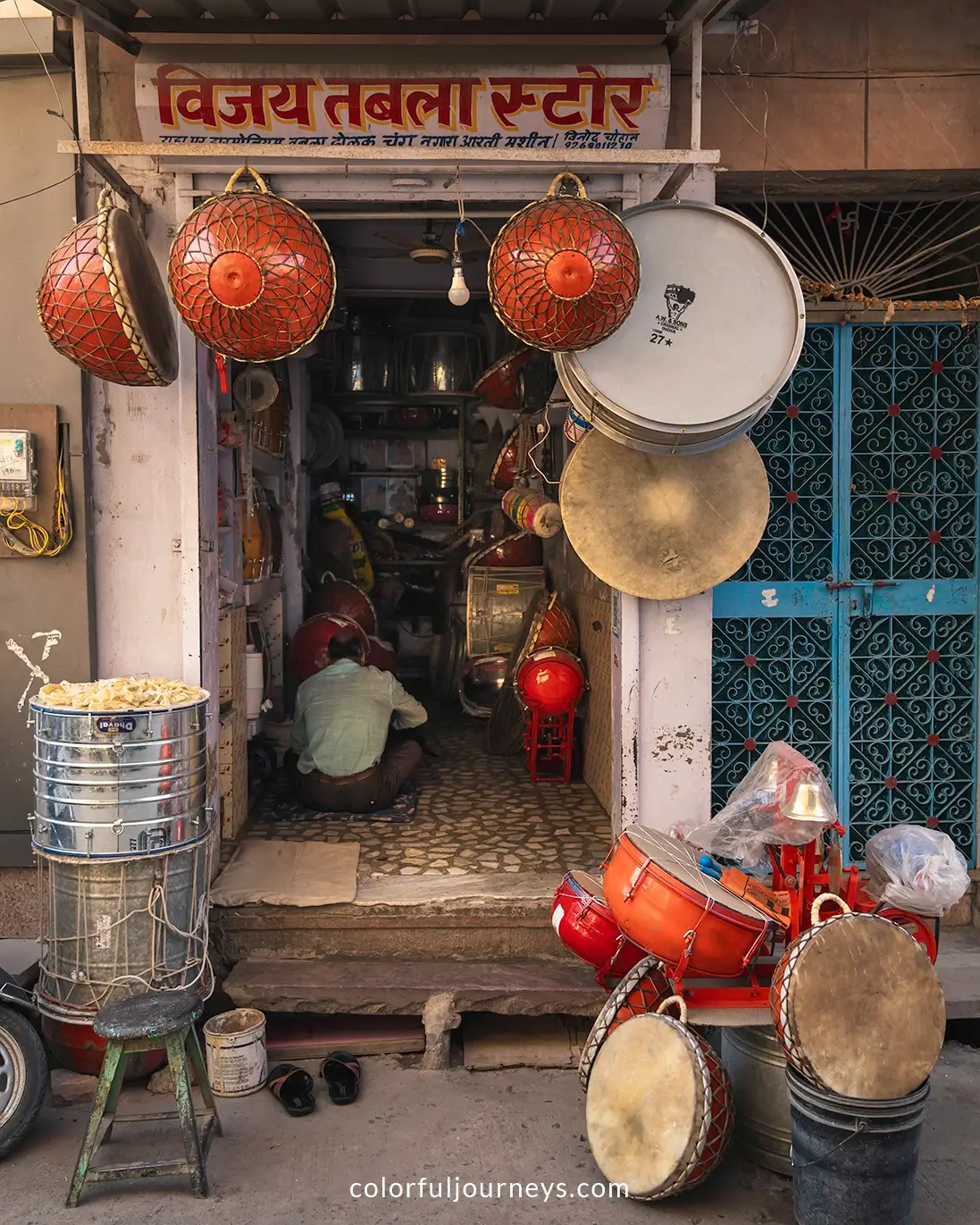
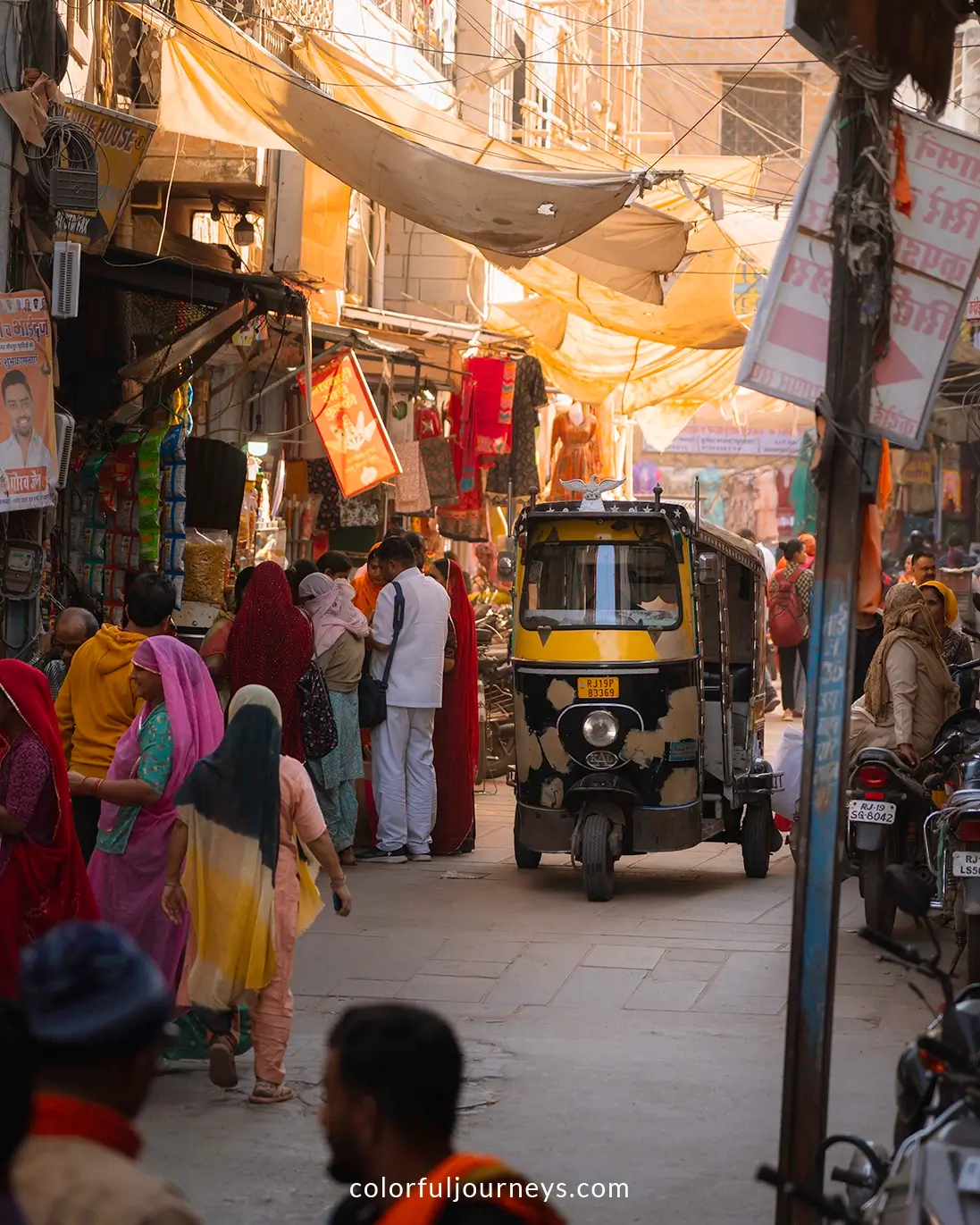


.webp)
.webp)
.webp)